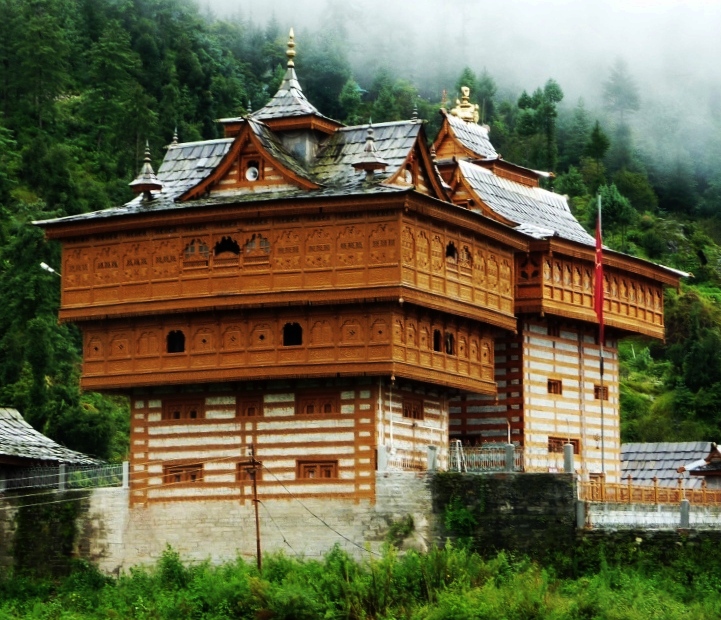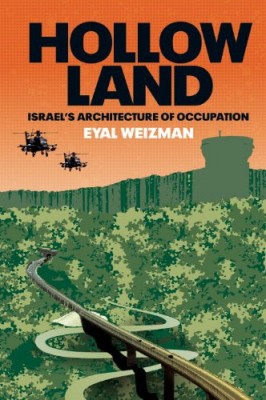Vernacular as taking ownership.
Temporality.
Temporary city India – For one month, 100m people occupy this space.
Balance between govt intervention & citizen ownership
Permanence not being part of the definition.
Materials that are local to the context / affordable
Vernacular is where the dichotomy vs natural artificial is less apparent
Type of living that is related to the context.
- Materiality of informal settlements.
Ad-hoc vs. organic
- Planned vs. unplanned urban morphology.
Organic growth having a negative connotation. High levels of crime, types of economy that grow that way.
Brasilia vs. Favelas in Rio de Janeiro
As architects how do we deal with urban scale parts of planning. Can we allow for this kind of growth to occur.
The city as an egg. The Eggs of Price: An Ovo-Urban Analogy – Big Think
Singapore city vs. Singapore country
Source of materials is urban waste
Exchange of knowledge
Dependent on an external economy, or developing own economy (Dharavi)
Loss of farmland in the first place.
Shenzhen – attracting rural migration very fast – therefore slum.
Will the urban vernacular be demolished?
It is impermeable – therefore not durable.
- Material scarcity in arctic climate – resourcefulness.
- Examples of informal settlements that you know and are not included in the lecture.
Kowloon Walled city.

Kowloon Walled City – Wikipedia
Vernacular has some kind of durability – for one of your colleagues.
Do materials of Torre David get lighter towards the top.
- Examples of arctic material intelligence that are not included in the lecture.
- Thoughts about arctic / urban settlements related to your personal project in the ETS 4 course.
- Responses to Reading 1: Informal Settlements.
- Responses to Reading 2: Umiak.


































